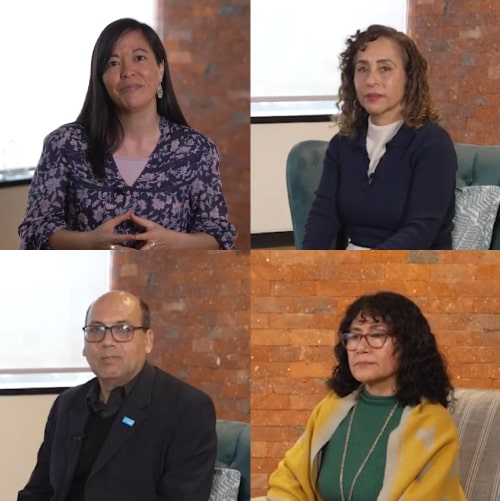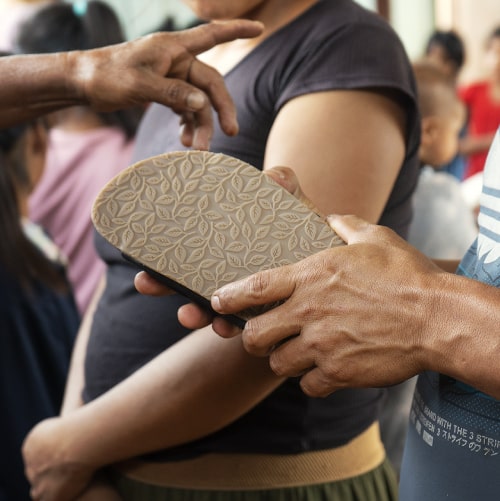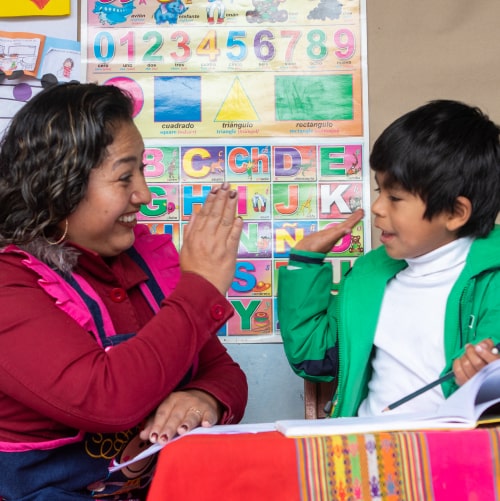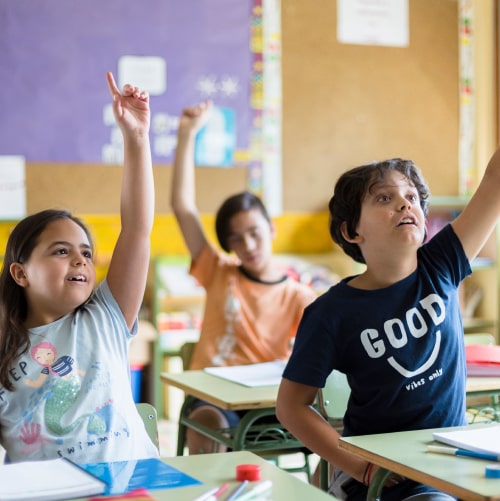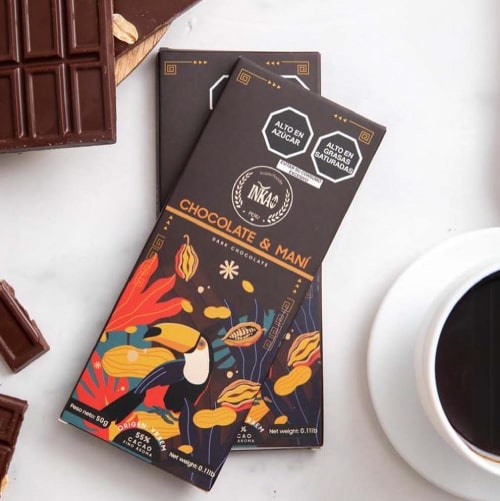The Ministry of Culture has, as part of its programmed events for Museums Month (in May), invited various institutions, which had successful exhibitions in the past, to present them at the National Museum (MUNA). This is how “Huauque, symbols of power in ancient Peru” came to be presented, again, in May of 2022.
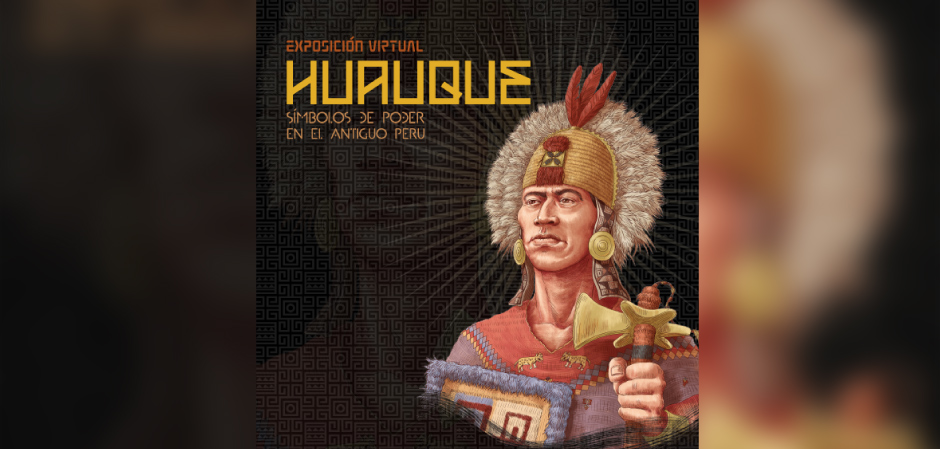
What is “Huauque”?
The exhibition “Huauque” is an initiative by Petroperú that came about in 2015, as part of its social responsibility and commitment to the diffusion of the country’s culture. The state business, which has also developed different exhibits linked to nature and resource management in Peru, sponsored a mueseographic display on the topic of the principal symbols of power in the pre-Hispanic Andean world.
The exhibit is called “Huauque” because this term, while in Quechua meaning “brother”, in the era of Tahuantinsuyo also served to denominate an emblem that the Inca adopted as a personal guardian. This emblem accompanied him on his travels through the extensive Tahuantinsuyo, and this object even went into battle in representation of the Inca. In this context, we can say that there was a narrative or discourse of power around this piece, which was principally linked to the supremacy of the Inca in relationship to the other members of society.
Taking “huauque” as a reference, the exhibit begins to weave an expository discourse that includes other elite and powerful characters from antiquity, along with their own symbols. Furthermore, it also gives us a basis to talk about other estates in society that also participated in the construction of power in the pre-Hispanic Andes. – José Alva, resident archaeologist at El Brujo Archaeological Complex.
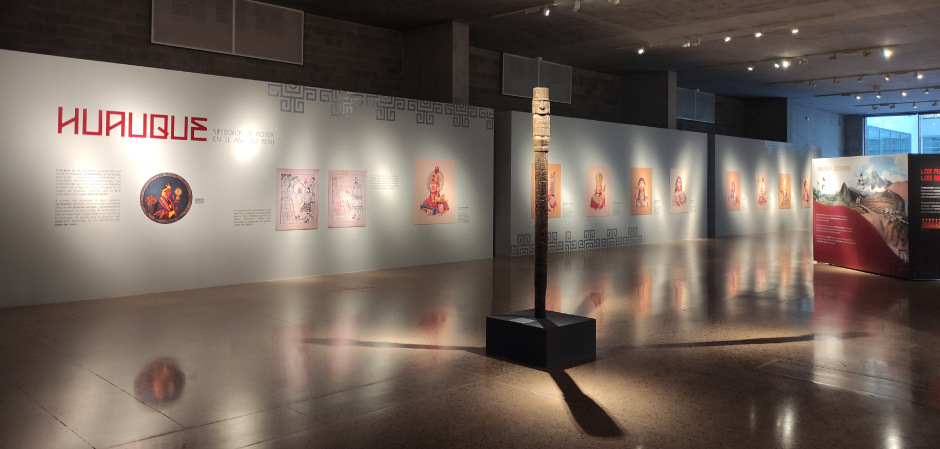
Third edition of “Huauque” will be in-person at the MUNA
This isn’t the first time that “Huauque” will be presented as a temporary exhibit in the capital. After its first version in 2015 under the original curation of Javier Alcalde, in 2021 “Huauque” was relaunched in commemoration of the bicentennial of Peruvian independence. Although on that occasion, due to the restrictions of the state of emergency, a virtual display was implemented, under the direction of José Alva,
who recounts that for this occasion they reframed some themes and broadened the information that was finally presented in the virtual display room in October of 2021, which had a successful attendance.
The success of “Huauque” resulted in the exhibit being brought back again this year, this time in-person at the MUNA. José Alva, resident archaeologist of the El Brujo Archaeological Complex, was called upon again to be the curator of the exhibit and was also in charge of the museographic planning and installation; he also was responsible for the writing of texts, research, and other aspects.
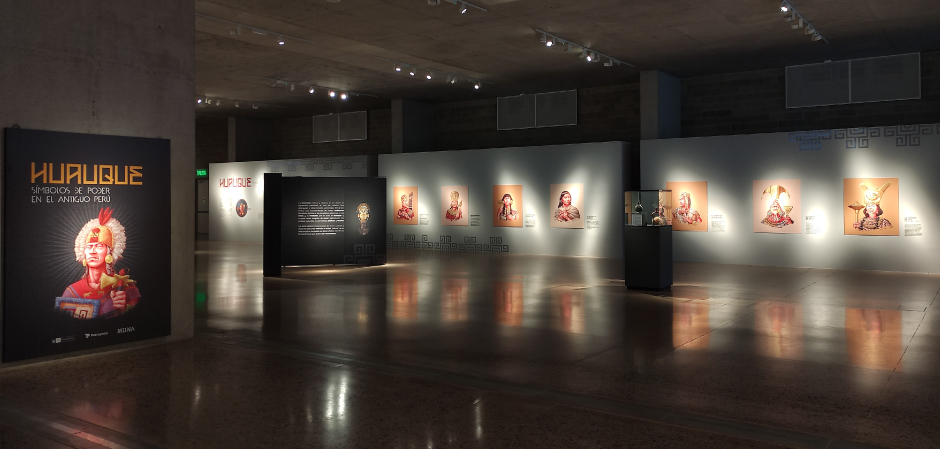
What can we expect to see in “Huauque”?
“Huauque” is an exhibit that will allow visitors to see the representation of different symbols of power, which range from the Formative Period to the Inca Period. To achieve this, the exhibit presents nine elite characters, among which are:
- The Lady of Pacopampa
- The Lady of Cao
- The Lord of Sipán
- The Lady of Huarmey
- The Lord of Vilcabamba
- The Priestess of Chornancap
- Minchancaman, the Last Chimú Ruler
- The Lord of Chincha
- Inca Huayna Cápac
The exhibit involves the representation of various figures of power; in other words, various members of the hierarchy that belonged the elite during different periods. In the case of the Moche, two have been included: the Lord of Sipán and the Lady of Cao, which were also part of the previous exhibits. In the second exhibit, which was virtual, Alva comments that they had the support of the Wiese Foundation to obtain representations of the Lady of Cao with the necessary resolution, so that a redrawing of her could be done in the same style as the rest of the elite figures. About the symbols of power that appear in the current exhibit, José Alva tells us:
“The exhibit, while it presents the symbols of power, it also goes beyond that. Through the objects the public can structure various themes related to power. For example, what could have been the meaning of these objects? How were they used? In what type of special contexts were they used? Who was involved in their production? And the thing is, normally we see the objects, but we seldom ask ourselves about who were the specialists that produced them and about what types of relationships this production established. Then, we make the comparison to contemporaneous situations, through mediation, and we begin to see and note that symbols of power are a resource that accompanies our human conduct, and they are present in all the pre-Hispanic states, and we can even track them in the present day” – 2022.
The exhibit “Huauque, symbols of power” will remain open at the MUNA until the end of July. To be able to enjoy this temporary exhibit, it is necessary to reserve a ticket through this link: http://bitly.com/ReservasMUNA. Visits can be made from Tuesday through Sunday from 10 a.m. to 4:30 p.m., and you can arrive in your own vehicle or by the MINCUL bus.



